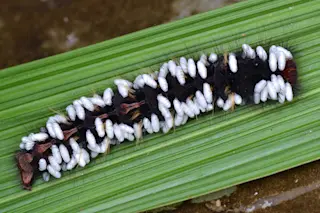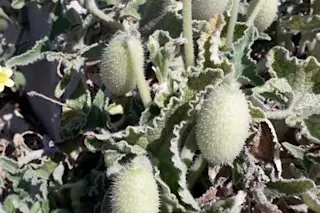: It turns out that humans aren't too different from blue-footed boobies, at least when it comes to age and fertility. Researchers have recently discovered that the sperm of blue-footed boobies declines with age. And unlike humans, the blue feet of the boobies also fade with age, revealing that one reason why female boobies tend to mate with brighter-footed males is to ensure the robustness of the sperm and the health of their offspring. "The study provides us with a new way of looking at what lies behind sexual signals," lead author Alberto Velando told TIME, "pointing to the importance of sexual selection in eliminating genetic mutations." How the Heck:
What's the News
The researchers traveled to a breeding blue-footed booby colony in Isla Isabel, Mexico, in 2005, and after capturing over 40 males, massaged their cloacas to collect sperm and used spectrophotometers to measure the brightness of their feet.
...













